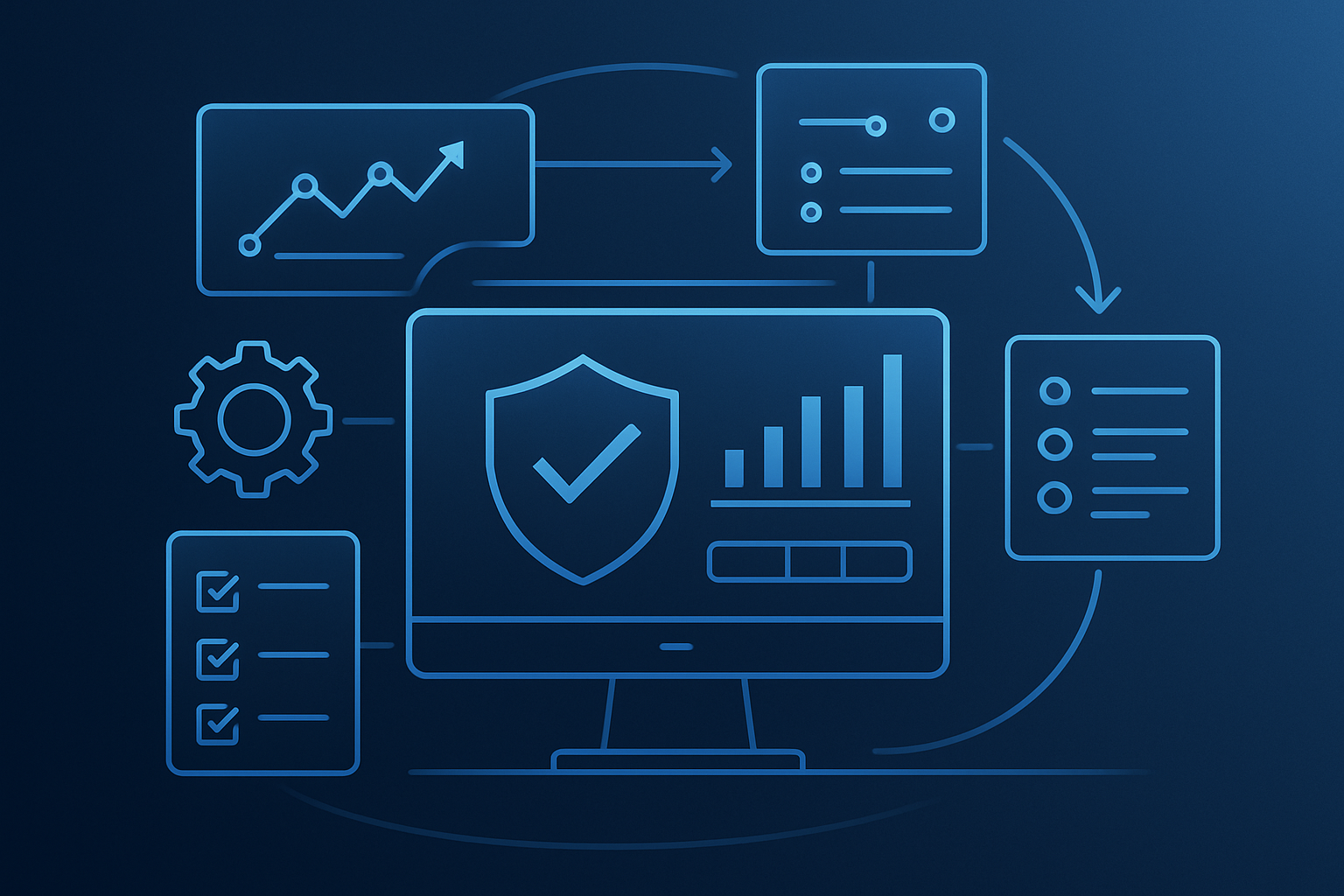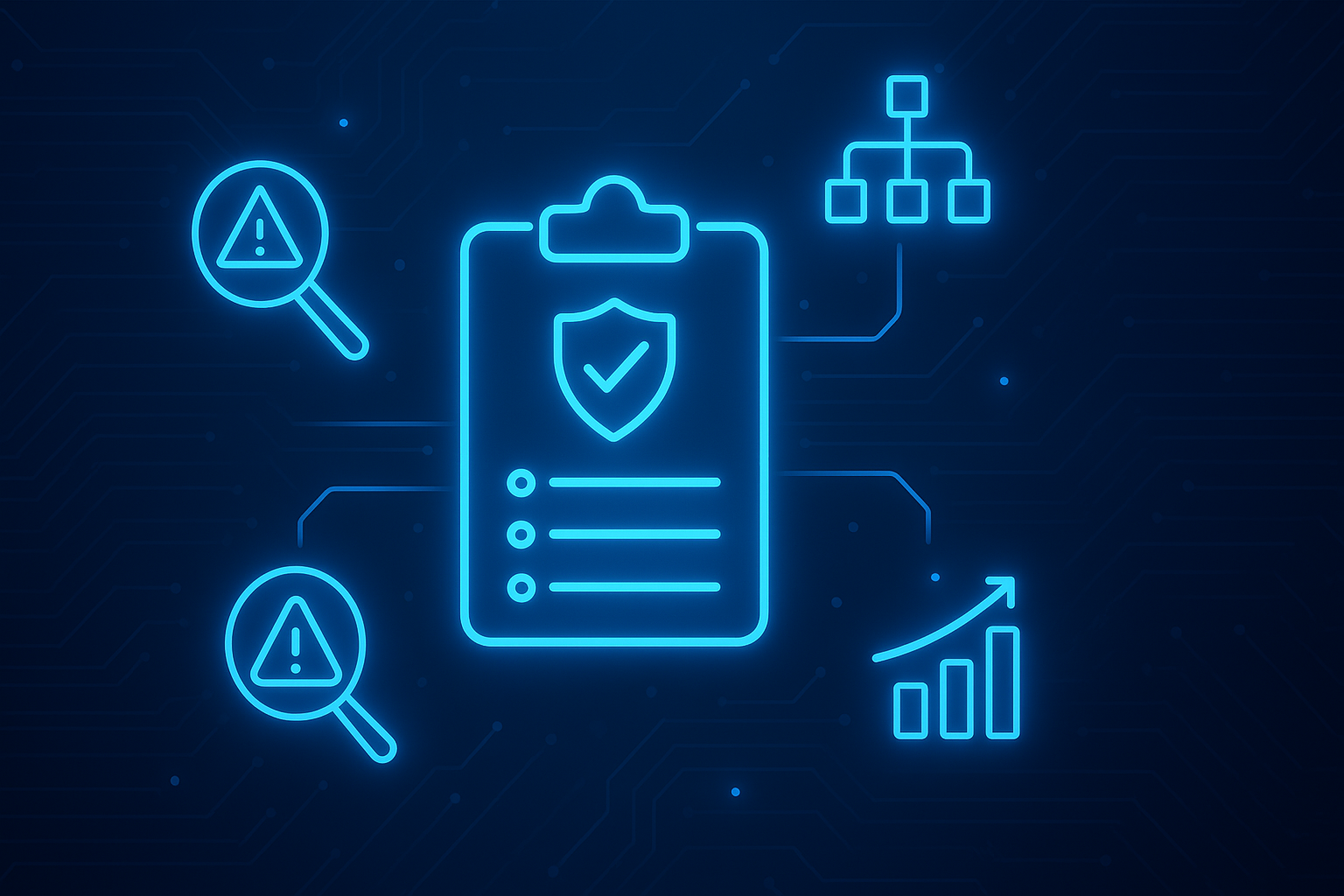Cloud computing refers to the delivery of multiple services via the internet (also known as the “cloud”), including software, databases, servers, storage, intelligence, and analytics. This is an umbrella term for different technologies that provide cost-effective, innovative, and flexible data storage and analytic solutions to organizations.
Industry research suggests that 60% of global corporate data is already stored in the cloud as digital adoption rises dramatically post-pandemic.
The simplest example of cloud computing is Google Docs or Office 365 – it allows servers to be placed offsite, allowing individuals to store and manage data in the presence of the internet. Private data centers and hard drives are replaced with remote servers that allow access to data anywhere, at any time.
3 Types of Cloud Deployment Models
There is no universal form of cloud computing that works for every organization. Instead, companies can choose from different services, types, and models to determine what works best for their business.
It is vital to figure out the kind of cloud deployment model on which the cloud services will be implemented. The three deployment models include public cloud, private cloud, and hybrid cloud.
Public Cloud
A public cloud allows data to be stored on remote servers linked together by a single network. Individual organizations do not own these servers; third-party providers own them.
What makes a public cloud different from other clouds is that anyone can access it- all you have to do is sign up with the cloud provider. This will allow you to use the available resources for each consumer.
Public clouds are scalable and cost-effective, making them great for small businesses with limited resources.
Private Cloud
Private cloud deployment is exclusively used by a single organization and physically located in an on-site data center. This means that all software and hardware are under the authority of the organization that has set it up.
Since a firewall protects private clouds, other organizations cannot access it, making them perfect for organizations with a strict industry regulation system. They can be created using personal resources like a data center or a third-party consultant.
Individuals using the private cloud can access it from any part of the world as long as they have an internet connection. Even though they are pricier than public cloud deployments, they offer a higher set of customization options and security, allowing businesses to meet their unique needs.
Hybrid Cloud
A hybrid cloud looks like a unique IT environment, which is created from various networks linked through LANs (local area networks), VPNs (virtual private networks), WANs (wide area networks), and APIs (application programming interfaces).
A hybrid cloud deployment model allows applications and data to move between public and private cloud services, giving organizations more flexibility, greater security, and a means to boost existing infrastructure.
What are the Major Cloud Computing Services?
Cloud security technologies include cloud computing services, software, platforms, or infrastructure available over the internet and hosted by third-party providers.
These services are also known as cloud computing stacks because they build or “stack” on top of each other. Each service facilitates user data flow from front-end clients via the internet to the cloud service provider and back.
Here are the most common cloud computing environments:
IaaS (Infrastructure as a Service)
IaaS is the foundational cloud service that allows users to access the cloud data store, virtual servers, and networks. Even though third-party providers manage and provide the infrastructure, organizations can buy, download, configure, and manage their software. This includes applications, middleware, and operating systems.
IaaS is a scalable and cost-effective solution that manages physical infrastructure and provides virtualized instances for a business. This makes it perfect for small to medium-sized enterprises, especially since there is no cost for on-site infrastructure.
SaaS (Software as a Service)
SaaS is a service that delivers software applications on demand using a subscription model via the Internet. Usually, cloud service providers manage SaaS while taking care of software applications, infrastructure, and maintenance, such as security patching and software upgrades.
Users can access SaaS through a web browser or use an API or dashboard to connect to cloud applications. Even though every individual computer does not need to install an app to use SaaS, this is the least customizable cloud service for organizations.
PaaS (Platform as a Service)
PaaS allows users to produce and deploy software applications using cloud components. It is similar to IaaS as it will enable a third party to manage an organization’s storage, networking, virtualization, and servers. However, unlike IaaS, PaaS provides the business with a framework to construct, collaborate on, and deploy software applications that will be used within the company.
This is one of the best cloud security technologies for businesses that want to avoid the hassle of maintaining or setting up underlying infrastructure. Moreover, PaaS deployment allows multiple collaborators and developers to work together.
PaaS is recommended for medium-sized businesses that require access to development assets and tools, as it allows their coding teams to create solutions efficiently.
What To Consider Before Adopting Cloud Technologies?
If you are wondering whether you should incorporate cloud security technologies into your business, consider the ease of storing and utilizing data once you use cloud computing.
Cloud computing allows groups of individuals to work together by sharing information using shared storage. This feature makes data accessible from any part of the world as long as an internet connection is present. An Internet cloud infrastructure can boost company productivity and efficiency by ensuring that data is accessible and client information remains secure.
However, without a good internet connection, users cannot access data, which means there would be no way to retrieve data from the cloud.
Moreover, vendor lock-in is the most significant disadvantage of cloud security technologies as sometimes, companies may face difficulty transferring service from one vendor to another. Since vendors have different platforms, moving from one cloud to another may become impossible.
Lastly, cloud computing utilizes the cloud, which involves sending sensitive data to a third party (the service provider). When information is sent across the cloud, cyber risks are amplified as network security can be breached and sensitive information and the cloud environment fall into the wrong hands.
Considerations for the Future
An organization that works with fluctuating or high-volume demands may benefit more from a public cloud. In contrast, those working on tasks with predictable use patterns may find their business prospering when using a private cloud. Hybrid clouds are optimal for organizations that want a blend of the benefits afforded by public and private cloud computing systems.
However, when making your final decision, remember that public clouds are more vulnerable to cyber risks while private clouds have robust data protection security services.
For more info on cloud security, check out our webinar Data Security on Cloud. Contact us to learn more about CyberStrong.





.png)
.png)
.png)
%201.png)
.png)




